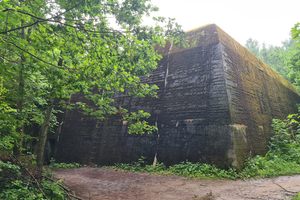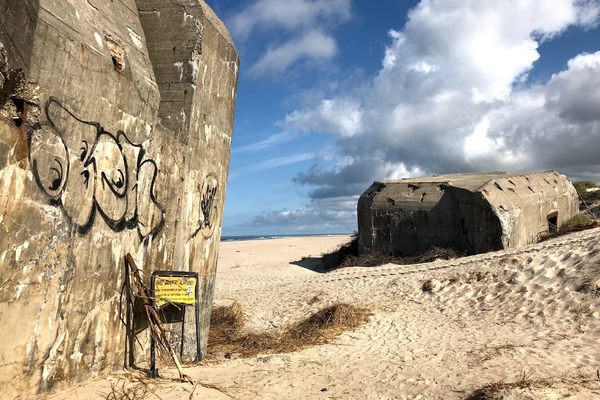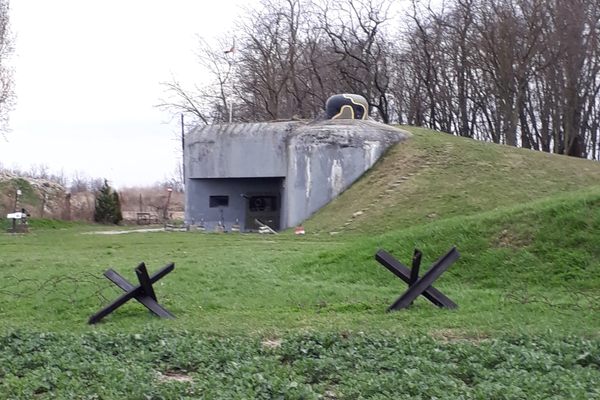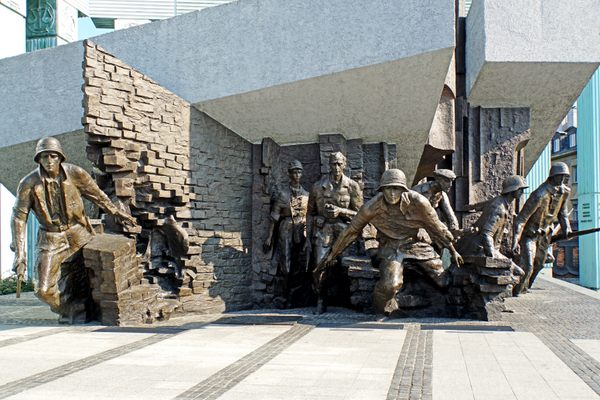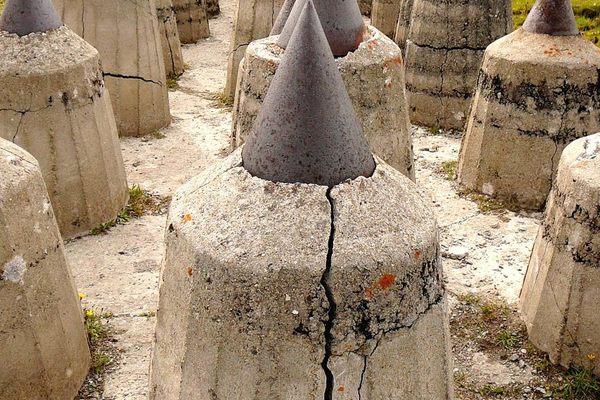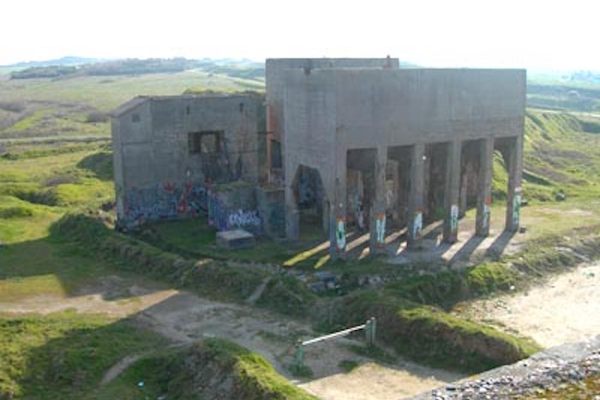About
Hidden deep in a Polish forest, the remains of the Nazi stronghold known as The Wolf's Lair (Wolfsschanze) are slowly being reclaimed by nature, but the room where Operation Valkyrie nearly blew up Hitler with a suitcase bomb can still be found.
Built in 1941, miles removed from the nearest village, The Wolf's Lair was Germany's secret headquarters on the Eastern Front. The heavily fortified concrete bunker buildings were protected behind multiple layers of security and the location of the site was a well-kept secret, ensuring that the Nazi leaders could strategize in relative safety. In fact Hitler would spend the better part of the war's final years at the site. Of course they were largely wary of outside attempts at assasination and therefore felt invulnerable to assasination attempts which might come from within. Thus when a German colonel, looking to put an end to Hitler's mad rule, concocted a plan to assassinate the Führer, he chose The Wolf's Lair as the place to do it.
Colonel Claus von Stauffenberg was able to sneak a suitcase bomb with a timer device into a meeting room where he knew Hitler would be. Even after the meeting where Stauffenberg had planned to set off the bomb was moved to a different space and time, he was still able to detonate the bomb with Hitler in the room while the fascist leader was studying a map of the Eastern Front. Miraculously, and unfortunately Hitler survived the blast with minor injuries due to a member of staff who moved the suitcase slightly farther under the table where it had been placed (and who himself lost a leg in the explosion). However The Wolf's Lair had been compromised. Given the blast and the swiftly approaching Soviet forces, the Nazis abandoned the base by the next year and destroyed most of it with explosives.
Despite the destructive tactics of the Nazis, large portions of the heavily fortified base remained intact and have simply sat amongst their Polish forest surrounds for decades. The ruins are now covered in moss and lichen.
Related Tags
Know Before You Go
You must pay for parking and to enter. Fencing surrounds the site and you will be requested to follow the visitors' path. Guided tours in several language are available, and can be accessed on foot or in an authentic war car.
Community Contributors
Added By
Published
November 27, 2014













